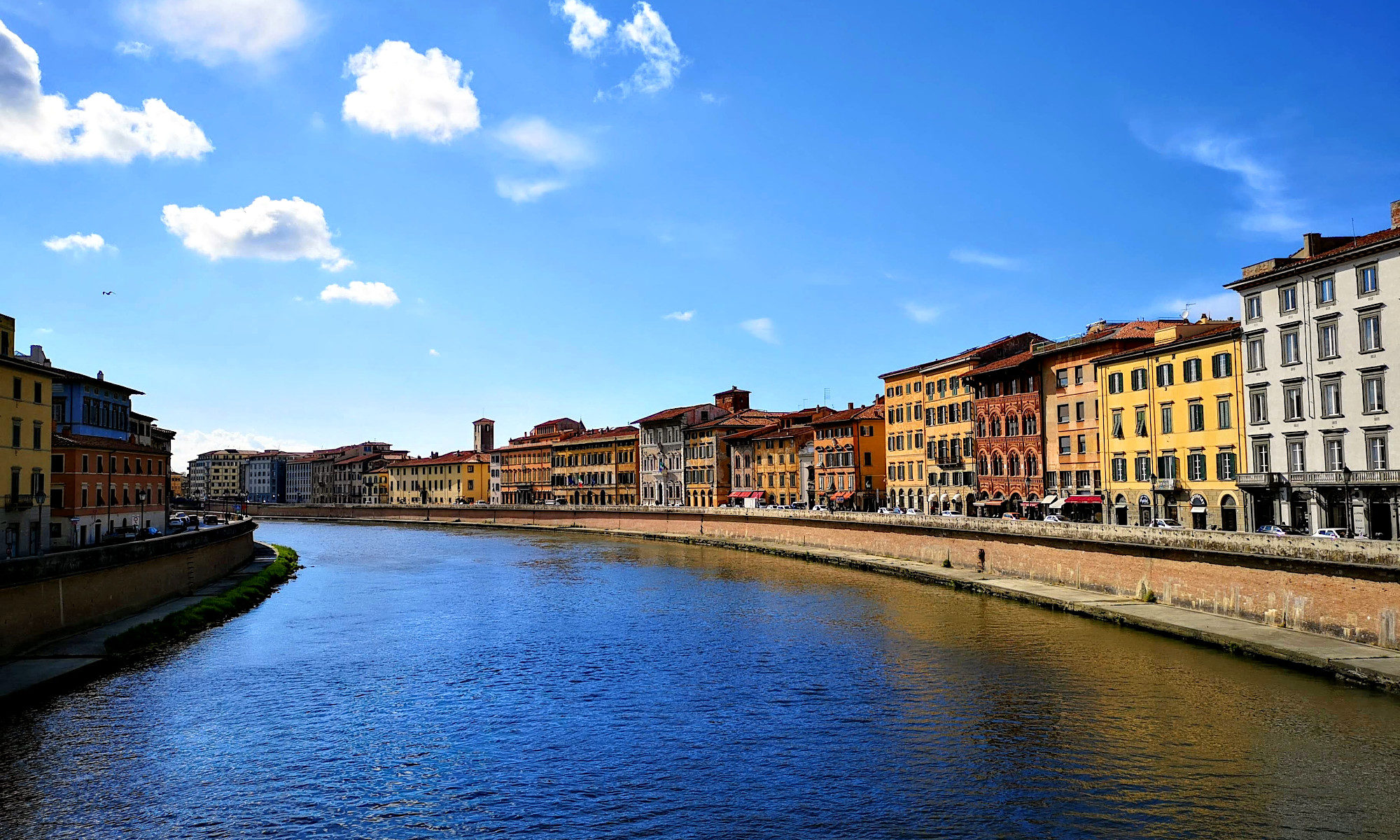Earlier this week, The New York Times had a piece describing how a number of celebrities, athletes and even politicians — including a British MP who is a member of Twitter’s board — bought fake Twitter followers. An online company sold fake accounts by the hundreds of thousands, including some that were copies of existing accounts, complete with the same name and photo as real users.
As shocking as this might seem, it is almost as old as Twitter itself. In 2012, Business Insider wrote about a security researcher who looked into the fake account problem by buying their own Twitter followers — 20,000 for one account and 70,000 for another. There were 20 eBay sellers and 58 websites specializing in selling fake accounts, followers and retweets. At the time, it cost about $18 for 1,000 fake followers.
In 2013, Nicole Perlroth wrote in The New York Times about people buying followers. The fake Twitter follower phenomenon had been in the news because Mitt Romney’s Twitter following jumped by 100,000 in a matter of days in the summer of 2012. Two Italian security researchers said at the time that there was a thriving market in fake followers — there were over 25 services that sold them.
Gilad Lotan, formerly of Betaworks and now head of data science at BuzzFeed, wrote about buying fake Twitter followers in 2014. He bought 4,000 followers for $5 and said even at the time “buying your way to status on social networks has become standard practice.”
The Times story describes how the company that sold the fake accounts had a stable of at least 3.5 million automated accounts or bots, each of which was sold multiple times, giving customers access to more than 200 million fake followers (it also sold fake followers on YouTube, SoundCloud and LinkedIn). The Times said it bought 25,000 followers and paid about a penny for each one.
According to some critics, Twitter has done very little about the fake account and bot problem because those accounts have boosted the size of its user base and generated a lot of activity, making the whole network theoretically more valuable in the eyes of investors.
In 2015, Leslie Miley — then an engineering manager at Twitter — found a huge number of spam accounts and bots with IP addresses located in Russia. He recommended that the accounts be deleted, but said that the company’s “growth team” refused to do so, he told Bloomberg. Some of those accounts could well have been among the bots that played a role in the 2016 US election.
The Twitter executives who told him to ignore the problem “were more concerned with growth numbers than fake and compromised accounts,” Miley said. According to Bloomberg, 10 other former employees confirmed that they had been told similar things by Twitter executives.
In March of last year, investor Chris Sacca, an early backer of Twitter, said that the bot and fake account problem was one of the biggest challenges facing the company. “Tackling the bot epidemic would hurt Twitter short term because it would depress user numbers,” he said on Twitter. “But it has to get fixed. It’s embarrassing.”
https://twitter.com/sacca/status/841745933981241344
Whether or not it has deliberately looked the other way, Twitter has definitely done its best to downplay the size of the problem. For years, the company maintained that only about 5 percent of its users were fake, the same number that Twitter executives provided when they testified before Congress last fall about Russian interference in the election. A number of researchers, however, believe the real figure is closer to 15 percent.
When it first told Congress about Russian troll activity, Twitter said that just over 35,000 accounts were involved, but then in later testimony it admitted that more than 50,000 accounts were involved. As much as 45 percent of Donald Trump’s follower base could be fake or spam accounts, according to some estimates. His account added more than 7 million followers in a matter of months in 2017.
There were about 400,000 bots posting political messages during the 2016 U.S. presidential election on Twitter, according to a research paper by Emilio Ferrara, an assistant professor at the University of Southern California. He told Bloomberg that he has discovered that the same group of 1,600 bots tweeting extremist right-wing posts in the U.S. elections also posted anti-Macron sentiment during the French elections and extremist right-wing content during the German elections this year.
Bot networks have been found that number in the hundreds of thousands with accounts all sharing similar characteristics, suggesting that someone is using them for a specific purpose. The Russian troll factory known as the Internet Research Agency reportedly used large networks of bots and fake accounts to distribute fake news in order to try and destabilize the US election.
An analysis by researchers at Oxford University showed that more than a third of pro-Trump tweets and nearly a fifth of pro-Clinton tweets between the first and second debates came from automated accounts, which produced more than 1 million tweets in total. Researchers say trolls and bot networks were also active in the Virginia state elections, amplifying race-baiting tweets by Donald Trump.
One Russian and English language site called Buy Accs offers 1,000 Twitter accounts for $45. The Daily Beast bought 1,000 accounts with the pseudo-anonymous digital currency bitcoin. Other similar sites and services include SocialEnvy, Peakerr, CheapPanel and YTBot.
Bot networks are also used in some cases to attack journalists by flooding their accounts with suspicious activity, which often results in their accounts being suspended or banned. A Twitter spokeswoman told The Times that “we continue to fight hard to tackle any malicious automation on our platform.”
